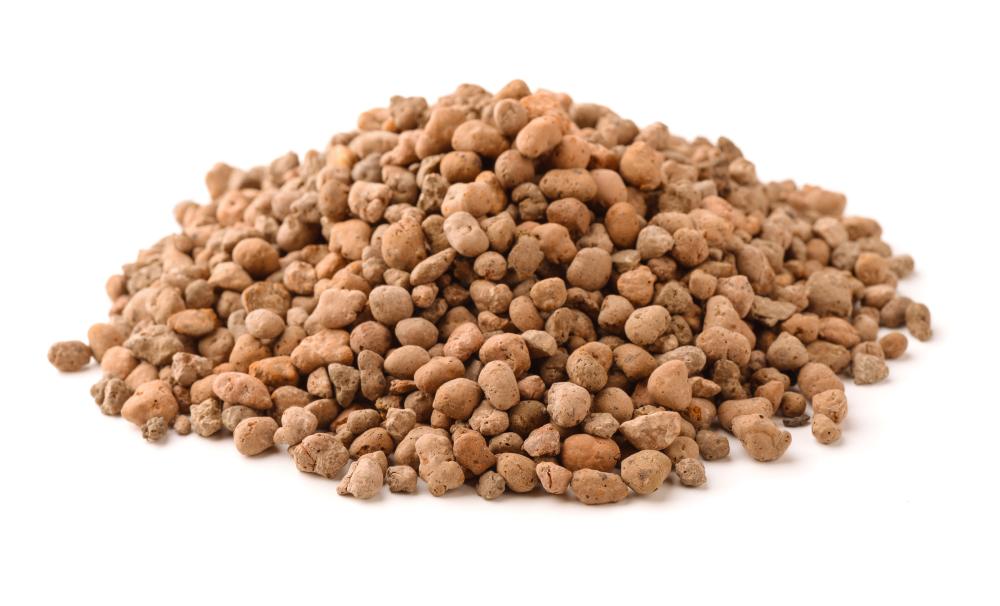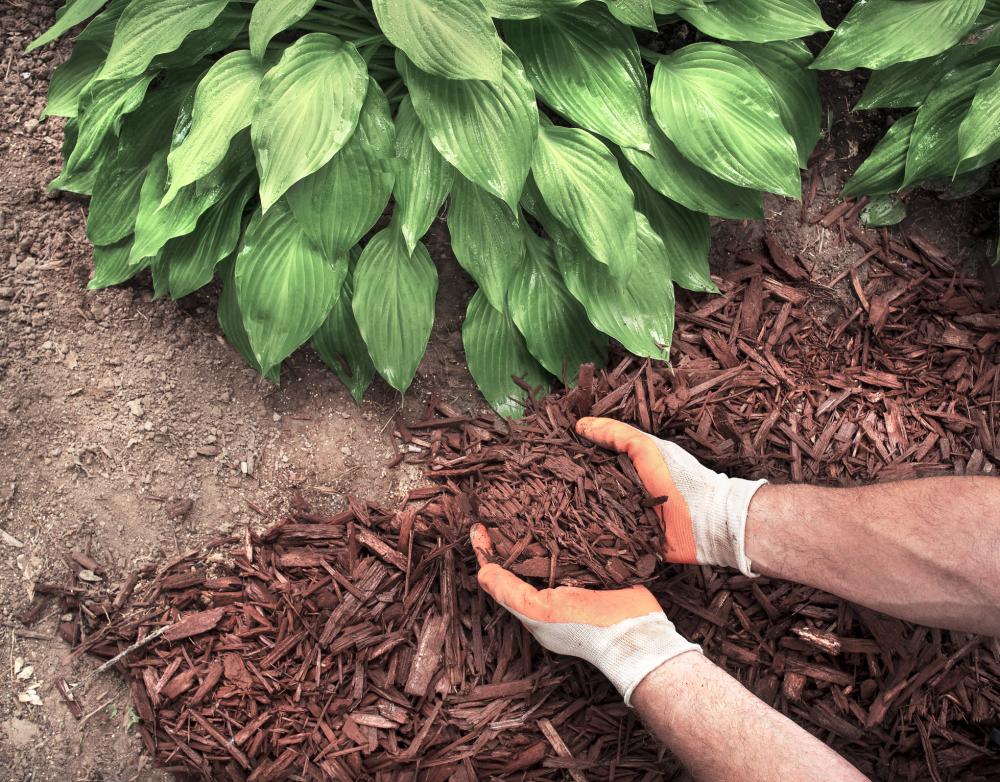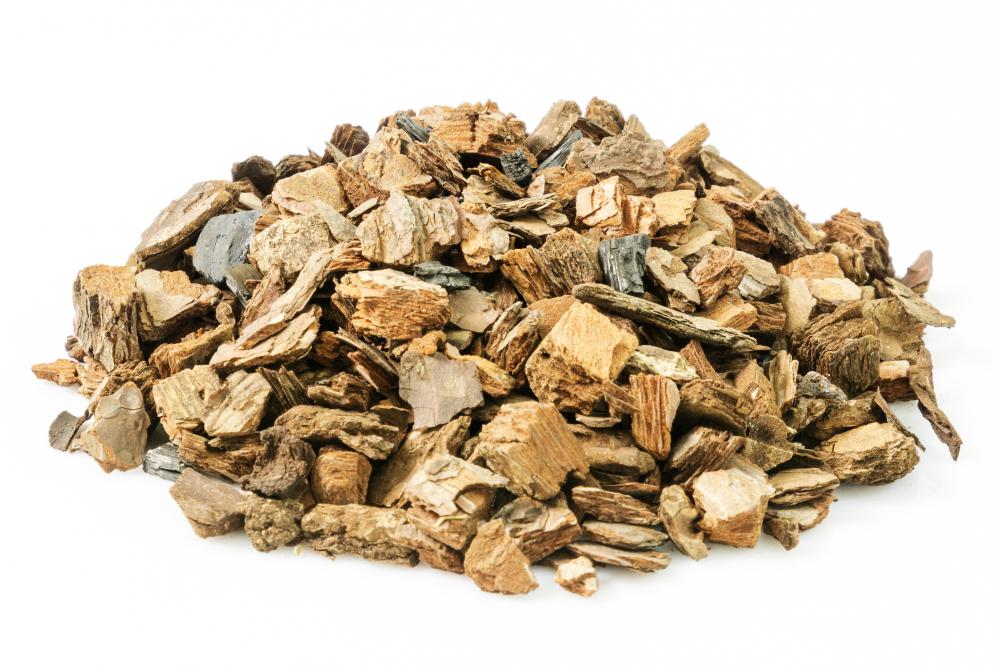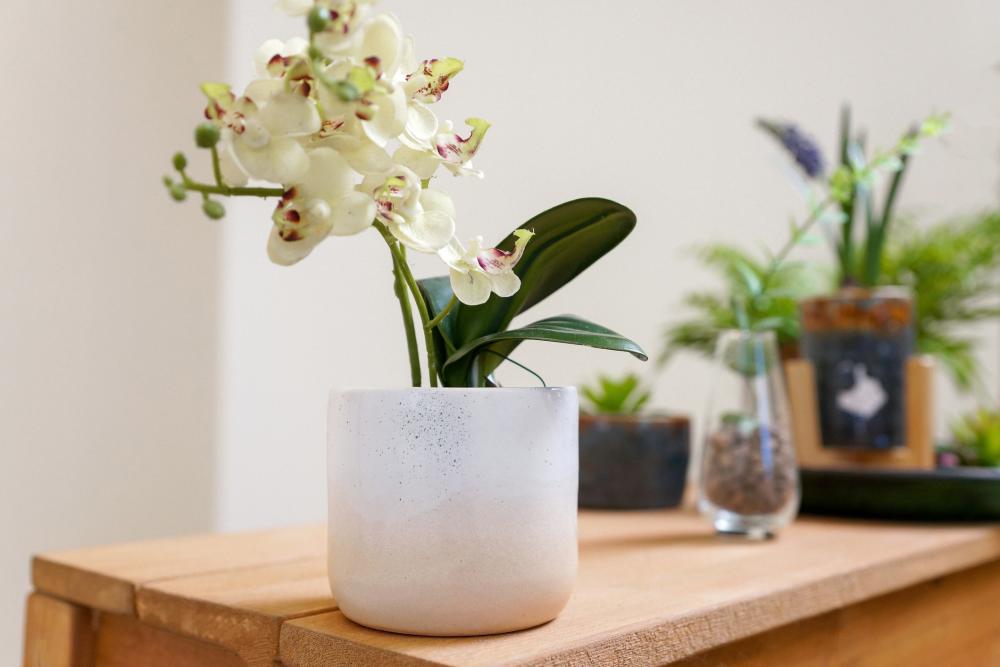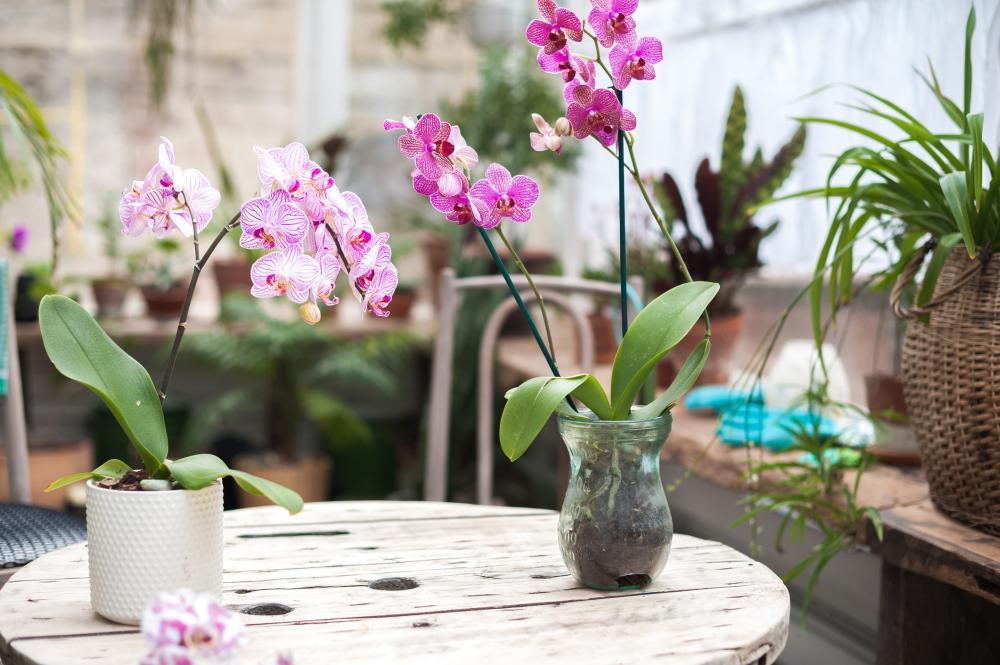13 Soil Alternatives for Growing Orchids
Orchids are plants that thrive and grow so well in strong light and high humidity not forgetting a good airflow around the roots and for this to happen then they must be planted in the best soils that allow good circulation of air.
Orchids are popularly known as ‘air plants’ and also live and survive on surfaces of other plants or even rocks. Regular potting soil does not support the healthy growth of orchids since it is hard and dry making it difficult for orchids to penetrate.
Lack of enough penetration ends up suffocating the roots of orchid plants, resulting in their death since the soil cannot provide good airflow for the roots’ survival. With this in mind, then it is possible for orchid growers to familiarize themselves with the needs of this plant and for them to custom make mixes required for its thriving.
How to Grow Orchids
Each of these materials used in making this orchid comes with the choice/option of its availability and cost. The pointers help growers to consider what materials favor them best. It is important to consider some factors while looking for mediums for these epiphytes which are also called air plants. These factors should be geared to provide an ideal growing environment for orchids as they struggle to obtain water and nutrients.
They include preventing your orchids from transplant shock, keeping the soil aerated, and giving it enough moisture.Growers need to also learn how to repot an orchid as it is an easy thing to do.
Before pulling the orchid from its pot, water it well. Loosen the orchid roots and then make sure to remove the growing medium from the roots. Once you have done that, trim doggy dead roots-mostly in brown or black colors.
The next thing to do is return the plant into the pot and add a desirable amount of potting mix. Carefully distribute the soil evenly around the roots and lastly water it well.Find pots that have holes mostly in the bottom to support the drainage of excess water.
If water is clogged inside these pots the roots end up rotting and eventually kill your orchid. Pots with holes on the sides are still ideal since they help with air circulation inside the pot.
Whatever pot material is okay to use; whether plastic, ceramic, glass, or even porcelain. Transparency in pots is also an important aspect to look at since clear pots help show the availability of any pests and also one can monitor root growth without the need to unpot.
For the light pots, you can put them inside other pots just to make them stable and if your medium dries out quite easily then this other pot will help in trapping moisture. If your medium is the moist type, then it would be best to leave it as a stand-alone light pot
13 of the Best Potting Mediums for Growing Orchids
1. Coconut fiber
Use coconut fiber (fibers extracted from the outer part of coconut) to custom make an orchid mix. These fibers are an excellent material since they help orchids grow strong roots that can hold the plant together. These husks also improve moisture retention but help in draining it quickly. Remember orchids thrive in moist yet not so damp soils.
2. Cocoa husks
An alternative to using coconut fibers is cocoa husks. Consider incorporating cocoa husks-outer husks of cocoa beans- in your orchid mix or you could consider using it alone. Generally, these husks are good at increasing soil’s ability to produce high plant yields in the sense that they allow full air circulation of orchid roots.
3. Wood Charcoal
It is important for orchid growers not to confuse charcoal for coal. Charcoal is excellent as it eliminates odor, reduces the risk of roots burning by balancing the PH levels, and also purifies any bacteria. However, charcoal does not help in retaining moisture so it is very helpful in the most humid environments.
4. Lava rock
Lava rock is lightweight and drains water quite quickly. It is only able to contain very little water which is needed for orchid survival anyway. Nevertheless, it is considered a good medium for orchids because it never decomposes compared to other mulches thus it does not need to be replaced now and then.
5. Perlite
Perlite is a result of a volcanic glass that is exposed to a lot of heat. They are popped up as small, light granules that retain a lot of water. Naturally, perlite doesn’t decompose and that makes it a perfect amendment when preparing the orchid mix. Due to their natural nature to retain water, growers are advised not to consider using them alone for their orchid growing. They are also easy to find around most gardens and nurseries and the fact that they have excellent aeration makes them ideal to be used.
6. Rock wool
This is an inorganic fiber that is made up of basalt and chalk. What happens is that this basalt is usually molded into cubes, blocks, or slabs. It is considered a natural product since it originates from a rock and that is the reason why most gardeners use it for the root zone growing. So yes, it’s best and ideal for orchid root development. Rockwool is good because it is resistant to rot or mold, meaning that it will never need to be replaced always out of rotting. It is also extremely able to retain a lot of moisture, allowing your orchid plants to retain moisture. Its nature to break apart makes it ideal for growers to break it into desirable sizes depending on their needs.
7. Shredded tree barks
The best trees to get this mulch from are cedar, pine, and eucalyptus. Most flower shops and nurseries stock these materials because they are common to find, and because they come in different scents, colors, and sizes. These shredded chips are good for the orchid mix because they tend to retain soil moisture and regulate the soil temperatures. When they naturally decompose, they acidify the orchid mix and this is very beneficial to the plant.
8. Peat moss
Peat moss is a product of bogs where dead plant materials are collected. It does not decompose like most of the mediums discussed above, but its ability to hold water makes it ideal as a soil additive to your orchid mix. Peat moss is also light in weight and therefore it should be mixed into the soil as a component of potting mix.
9. Sphagnum Moss
The difference between sphagnum moss and peat moss is that they are two different parts of the same plant, but their impact when in use is different. Sphagnum moss is another excellent potting medium as it grows on the surface of the soil and has great neutral pH levels that are very necessary for orchids. It is perfect for root aeration and water retention.Sphagnum is mostly sold in small bags in most garden centers and nurseries.
10. Vermiculite
This is a light brown mineral with aluminum, iron, and magnesium ingredients that is hydrated and is usually processed with high heat to form small particles. Vermiculite can be mixed with sphagnum moss to create an orchid mix that has water retention properties. It is also a mineral with excellent nutrient properties, hence encouraging root growth.
11. Styrofoam
Styrofoam does not contain nutrients for plant root absorption and growers should always ensure their pots have drainage when they intend to use styrofoam for their potting mix since pots with no drainage can cause styrofoam to be waterlogged leading to plant root decay or death. This is because this material helps prevent potting soil from retaining too much water that could cause root rotting.
12. Pumice
Mixing pumice with soil is important for your potting mix because it helps with water drainage in the soil. You know that too much water clogging could lead to root decay. Pumice also can create excellent aeration in the soil that the roots can penetrate well within the soil till they anchor well.
13. Clay pebbles
Clay pebbles are the size of peanuts and are substrates that are used for gardening purposes. They are available in most garden shops or nurseries and growers use them in their potting mix to offer good water retention and drainage. They are shaped like pebbles unlike other rocks and are extremely lightweight. Growers are advised to either use them alone or mix with any other material since they also act as mulch that reduces moisture loss and restricts germination of unwanted plants.
Final Thoughts
As discussed above, there are several soil alternatives that you can use for potting mix, some can be used alone while others need to be mixed with others to form a good mix for orchid growing. What growers need to consider is the availability of these different mediums and what is ideal for the type of orchid that you grow. Every medium works differently in different conditions so it is advisable to use what works for you.
